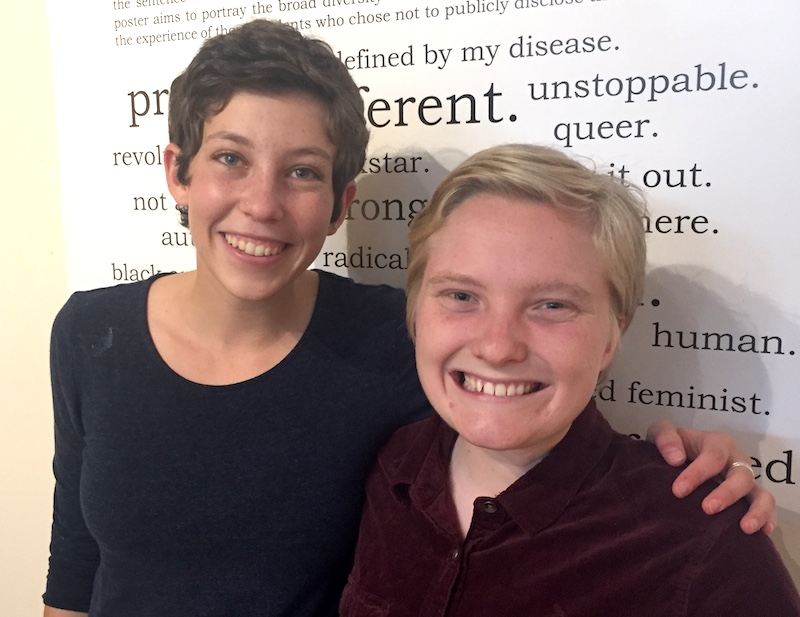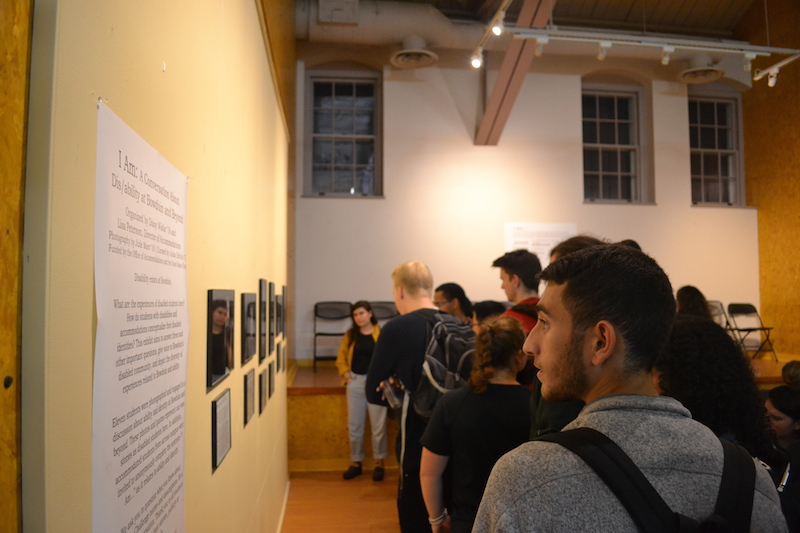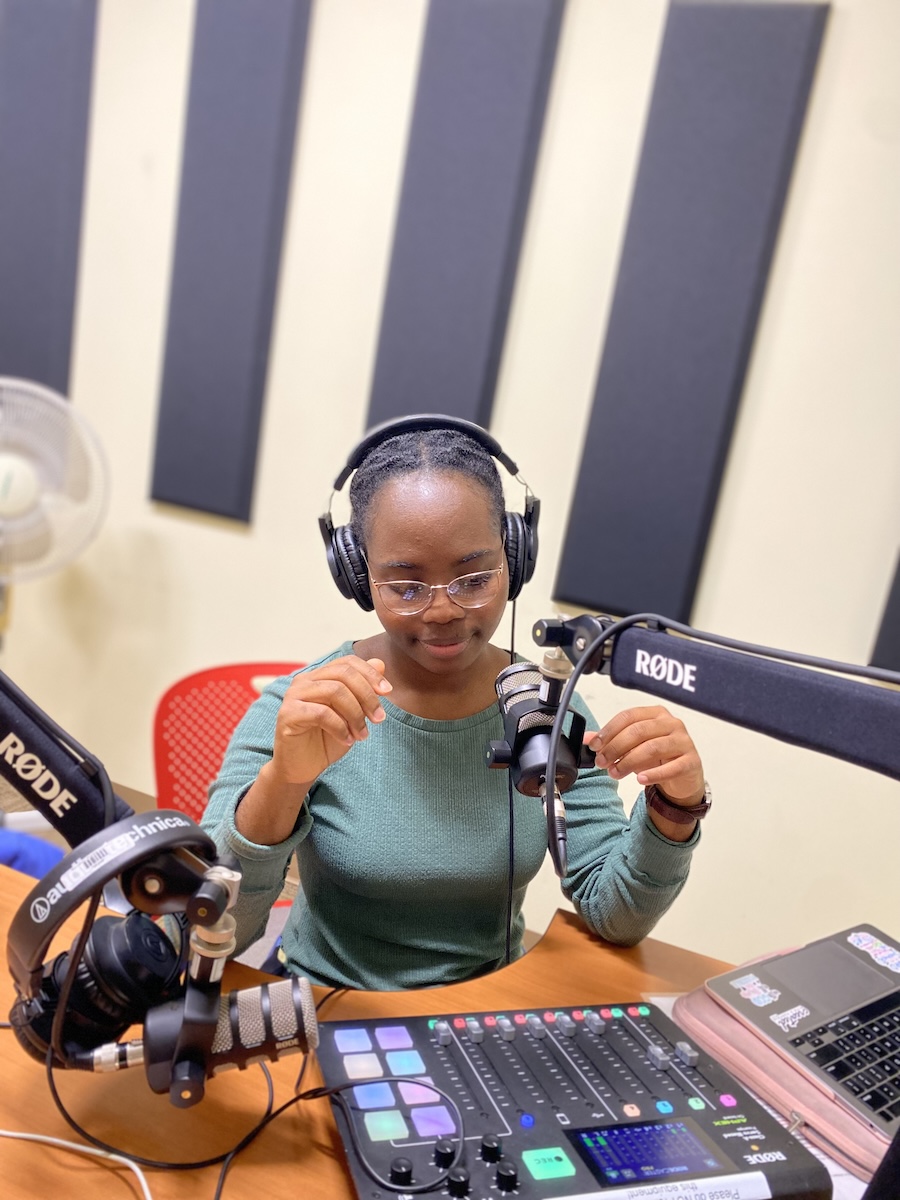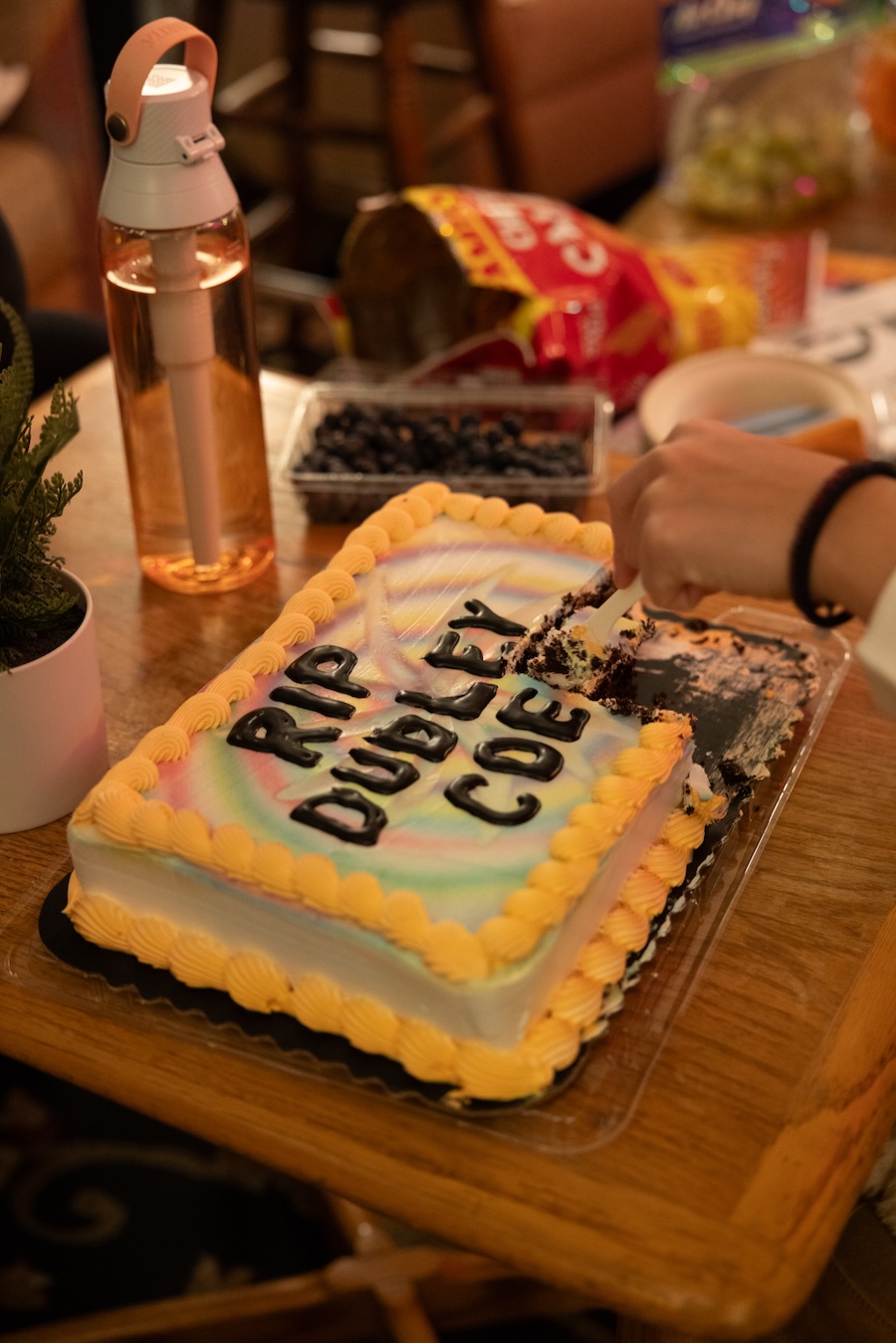Making Disability Visible at Bowdoin
By Rebecca Goldfine
During her first year at Bowdoin, Daisy Wislar ’18 heard many conversations about identity—students discussing race, sexuality, and socioeconomic status. Missing from those conversations was an issue that affected her deeply. She wasn’t hearing anything about disability, or from students with disabilities.
“I knew I wasn’t the only one on campus,” Wislar said. “But there was no conversation, no community. I wanted to find a support system.”
So Wislar, who has cerebral palsy, created it on her own. She and Jacob Russell ’17 launched a new advocacy group, Students for Educational Accessibility, to push for changes at Bowdoin and to raise awareness. Wislar also partnered with Evan Baughman ’17 to begin organizing weekly dinners on campus for students with disabilities. “We wanted to create a community of students with similar experiences,” she said.
When Wislar refers to disabilities, she’s speaking somewhat broadly about any condition that hinders daily activity, whether that’s physical, developmental, or cognitive. But she adds a caveat: “You’re not impaired by your disability, you’re impaired by how society is structured in this way that doesn’t allow everyone to participate equally.”
To help raise awareness of the heterogeneity among Bowdoin students, some of which is not always visible, Wislar in September collaborated with photographer Jude Marx ’18 to take portraits of eleven students with disabilities. Below these portraits, Wislar has added quotes by the students describing how they think about their identity and their disability. They describe a range of conditions: ADD, diabetes, autism, paraplegia, juvenile arthritis, learning disability, viral encephalitis, and dyslexia.

The black-and-white portraits are currently on display in Lamarche Gallery in Smith Union in a show called, “I Am. A conversation about Dis/ability at Bowdoin and Beyond.”
Marx said she considers her portraits as platforms that help convey the students’ stories and voices, and as a way of making visible what had been invisible.
The show opened on Monday, Oct. 3. At this event, Wislar moderated a panel of six students who responded to these questions: To what extent, if at all, do you think about disability as part of your identity? What does your disability allow you to do? What language makes you feel empowered or disempowered? What has your experiences as students with disabilities been like at Bowdoin?
Responding to the query about what their disability allows them to do, a couple students said they believed it has strengthened their empathy. Another said her disability had taught her how to take things slowly, how to tackle one thing at a time.
Several also spoke about how painful the word “cripple” can be when used casually in conversation.
They also asked that people begin speaking more openly about disability, to help reduce the stigma and fear around it. And they hoped people would remember that others around them might be struggling quietly. “Bowdoin students need to become more aware of the daily challenges and questions their friends with disabilities face,” said Lenoir Kelley ’19, who attended the show opening.
Emma Kane ’19, who also attended the event, reflected, “A common theme that many of the panelists talked about was a feeling of isolation. Hopefully conversations like this can help disabled students or students with disabilities find a community where they can feel less isolated.”





